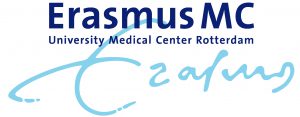Development of a radiolabeled necrosis-targeting probe for early detection of anti-cancer therapy efficacy and anti-cancer treatment: a new theranostic platform

Project summary
A patient is on average four chemotherapy treatments, 2-4 months of uncertainty and unpleasant side effects further before he knows whether the chemotherapy is successful or not. If this is not the case, valuable time has been lost and the patient has received the side effects for nothing.
It is therefore important that there is a new, reliable (and cheap!) way to quickly determine whether the treatment is working or not. In addition, it is important that the treatment only fights the tumor and not the healthy tissue.
In this project, the researchers want to investigate whether these ambitious goals can be combined. To this end, they want to develop substances that can be used for both diagnosis and treatment: theranostics.
Goal of the project
At the center of many tumors is an area of dead (necrotic) tissue. Chemotherapy produces more dead tumor cells and thus a larger necrotic area. With substances that bind to necrotic tissue, you can determine the size of this dead area in a tumor. And so how well the treatment works. That’s diagnostics. But what if you add an extra substance to those substances that irradiates the rest of the tumor from the inside? Then you combine diagnosis and treatment. This project examines whether this theoretical ‘two-stage rocket’ is possible. This is done in culture trays, because it is still too early to test on patients.
Impact
Type the project impact here.
More detailed information
Principal Investigator:
Role Erasmus MC:
Coördinator
Department:
Radiology & Nuclear Medicine
Project website:
Not available
Funding Agency:
KWF



